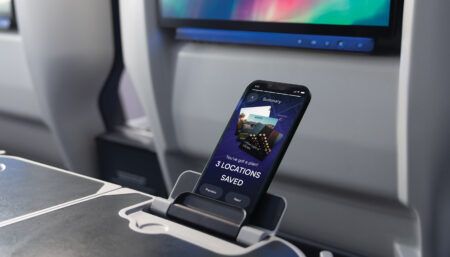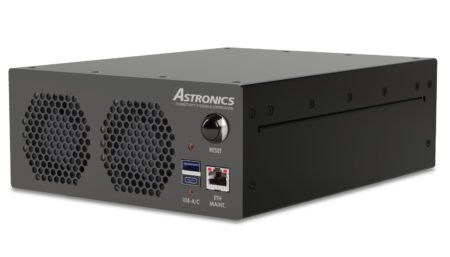Noting that the network and onboard hardware, software and antennas will be important parts of the experience offered by its upcoming 5G system and network, Gogo has revealed details of its work with three partners.
“When we announced we were going to build a 5G network for aviation we stated that we would leverage the expertise of USA-based companies to help us bring it to life,” said Sergio Aguirre, president of Gogo Business Aviation. “The three partners we’re announcing today are on the leading edge of wireless network technology and together we will bring the most capable network and systems in aviation.”
Cisco, Airspan Networks and First RF each will provide necessary elements to Gogo’s 5G solution for aviation.
Cisco will provide core network solutions that will power Gogo’s nationwide air-to-ground (ATG) 5G network. Cisco was selected for its expertise in providing 4G/5G solutions for some of the world’s largest wireless telecommunications networks. Cisco will offer Gogo a cloud-to-client approach for its 5G network, resulting from Cisco’s investments and commitment to developing cloud applications and services, to help customers unify multi-vendor solutions into a single, standards-based architecture, which will be critical to the Gogo 5G network.
The Gogo 5G system will use the same carrier grade technology as the Airspan Air5G product line. The Air5G platform will provide 5G; virtualised-RAN base station technology that uses Massive MIMO antenna arrays for increased capacity. It also features advanced beamforming and tracking techniques that are capable of communicating with an aircraft travelling in excess of 750mph, at long range, while providing a mobile broadband 5G experience.
First RF will bring its antenna and RF systems technology portfolio to deploy a solution that pairs Gogo’s existing 3G and 4G networks as well as the new 5G network. First RF will provide belly-mounted airborne multi-band antennas that will connect Gogo’s onboard 5G system to the Gogo 5G network on ground. This technology will include complex multiband apertures, advanced beamforming technology and phased arrays.
Gogo’s new ATG 5G network will be designed for use on business aviation aircraft and commercial regional jets operating within the contiguous USA and Canada. Gogo expects the nationwide network to be available in 2021.
Gogo will build the 5G network on its existing infrastructure of more than 250 towers and will use unlicensed spectrum in the 2.4GHz range, along with a proprietary modem and advanced beamforming technology. Gogo’s 5G infrastructure will support all spectrum types (licensed, shared and unlicensed) and bands (mid, high and low), and will allow Gogo to take advantage of new advances in technology as they are developed. Similar to how wireless carriers provide redundancy across their networks, Gogo will continue to employ its 3G and 4G networks throughout the continental USA and in Canada that will provide backup to the 5G network when needed.
The company says that when compared to satellite technologies, ground-based network technologies in general deliver operational advantages – specifically lower cost of operation, symmetric bi-directional throughput and lower latency. Gogo is committed to provide easy upgrade paths to 5G for existing Gogo ATG customers.





